URBAN ART WEEKend
As part of the festival 48h Neukölln “FUTUR III” from 14th of june to 16 June 2019 @ KINDL , Vollgutgelände, Am Sudhaus 3, 12053 Berlin Fri 14.06. 19:00 to Sa 01:00 // Sa 15.06. 12:00 to Sun 01:00 // Sun 16.06. 12:00 to 19:00
ALPHABET GRAFFITI BATTLE
The ALPHABET GRAFFITI BATTLE was about the Latin letters from A to Z and styles. 26 letters/characters were painted over in a recorded 48h permanent overpainting by invited style writers, visitors, children and other willing painters. As a background, six wall elements – served as painted “dominoes” for the 25th anniversary of the fall of the Berlin wall five years ago-, were standing next to the Kindl Center for Contemporary Art on the wasteland.
The entire process was documented in a video time-lapse : the 26 letters of the alphabet were unexpectedly all painted ending with the Z in the last hour of the weekend There were about 50 people at work.
Here the 26h permanent ALPHABET GRAFFITI SESSION in less than 3 minutes time lapse:
UAWend – ABC Graffiti Battle – June 2019 UAWend – ABC Graffiti Battle – June 2019 UAWend – ABC Graffiti Battle – June 2019 UAWend – ABC Graffiti Battle – June 2019 UAWend – ABC Graffiti Battle – June 2019
URBAN ART HISTORY & GALLERY OF TOOLS
A stream of photographs by passionate amateur photographers from Berlin was showing past graffiti pieces, halls of fame, firewalls, street art hot spots and wastelands. The selection was made by the photographers on the topic “Futur III” from the last 20 years and ran on a screen in the Gallery of Tools in a loop. With photographs by Petra Branke, Bart van Kersavond, Peter Lorenz, Sven Scholz called “Foto-Sven” and Angelika Bruder called “Graffiti-Oma”.
The Gallery of Tools, on a kind of catwalk on the wasteland, was exhibiting revolutionary inventions and visionary constructions in museum showcases, such as photographs and videos of homemade tools by DTagno and CAF crew, a “Chrominator” by TIK, and the noble homemade cannon by Peter Pirelli/Markus Butkereit. Historical and special spraycans and caps, borrowed from Wildstyle Ben, reminded of the first tools in the 80/90s. At night one could admire a short video “mapped” on a house wall, showing the cannon in action by Peter Pirelli/Markus Butkereit.
UAWend – Galerie – Juni 2019 UAWend – Galerie – Juni 2019 UAWend – Galerie – Juni 2019 UAWend – eindrücke – Juni 2019 UAWend – Gallery of tools – Juni 2019, © Olad Aden UAWend – Gallery of tools – Juni 2019, © Olad Aden
FORUM MUSEUM OF URBAN ARTS
The first Urban Art Forum (September 2018 for the Urban Art Week) brought together style writers, academics, art historians, cultural practitioners, activists, publishers and urban art artists to question the notion of urban art and to elaborate appropriate definitions. The desire to continue discussion rounds was and is still present among many.
Museum of the Future
For 48h Neukölln we wanted to stimulate a new discussion, on the last sunday afternoon of the festival, to complement the marathon art action in public space at the Kindl Center for Contemporary Art with a bit of theory. Lectures and a subsequent public panel discussion were happening to elaborate visions of the future for the mediation of urban arts, this multi-faceted culture, movement, art forms and art movements.
It is in line with the interest of many actors to exchange views on the question of different imaginary forms of a future museum, which could be a international respected institution, will meet local interest and could carry out research and mediation work with local, national and international actors.
UAWend – Forum – Juni 2019, © Katia H. UAWend – Forum – Juni 2019, © Katia H. UAWend – Forum – Juni 2019, © Katia H. UAWend – Forum – Juni 2019, © Katia H. UAWend – Forum – Juni 2019, © Katia H.
With lectures by:
Thomas Bratzke/ZASD (artist, Berlin) introduced the topic from the artist’s perspective by asking questions on the topic of “Specific problems of the museumization of urban arts” with reference above all to the museumization of “writing”.
Lukas Fuchsgruber’s (TU, Berlin) lecture focused on the following questions: After all, urban art is not dead yet, why should it go into a museum? The museum concept is a hot potato for Urban Art. Where does the longing for the museumization of art in urban space come from? And where could the journey go? Self-confidently and learning from the history of museumization and the art market?
Robert Kaltenhäuser (curator, author, living in NRW) gave the lecture “Curating Graffiti – Friedhof oder Trainingscamp?” with many good examples of works in the exhibition context and in public space.
Lene ter Haar (curator, living in NRW) gave a lecture: Temporary for eternity? Or: what are Moses & Taps doing in the museum? Urban art and especially graffiti in public art collections: does that have to be? And if so, how? The tension between vandalism and appreciation of Urban Art poses complex questions for public museums on the subject of art collections, that have hardly been answered so far. An attempt will be made here to sketch the thematic field using historical and current examples from the Netherlands and elsewhere.
About the speakers:
Thomas Bratzke aka ZASD aka ZAST, a Berlin postgraffiti actor, has been breaking down writing into its components since the late 1990s and developing his artistic work from there. His plastic “3D Tags”, which have been autonomously inserted into the city since the beginning of the 2000s, as well as the project “City of Names”, which he initiated and realized together with his former partner AKIM, the Berlin collective jazzstylecorner in Gothenburg and Berlin, inspired the subsequent Berlin generation of writing.
ZASD concentrated on the performativity of writing and developed conceptual works on this basis.
Lukas Fuchsgruber is an art historian in Berlin with a focus on the economy of art since the 19th century. He writes regularly about graffiti.
Lene ter Haar has been working for 20 years in the artistic field of tension between self-empowering subcultures and the institutional field. She has published numerous publications on graffiti, curated various exhibitions, and was the first t to acquire works by Moses & Taps for a museums collection. Ter Haar is cultural consultant for the Dutch Consulate General in Düsseldorf. Before she was artistic director of the cultural institution SCHUNCK* in Heerlen, Netherlands. For many years she has been active as a curator for contemporary art (member of IKT) and, among other things, advisor to the Dutch Government for Museum and Cultural Education & Participation (Raad voor Cultuur).
Robert Kaltenhäuser is a freelance author, critic and curator. He deals (also theoretically) with unapproved art forms in public space and questions their institutionalization. Robert Kaltenhäuser has initiated and curated various sensational projects. He is the editor of “Zugriff – Schriften zum visuellen Ungeobersam”, with Harald Hinz the editor of “Boulevard – Trespassing and Culture”, and, according to anthropologist Rafael Schacter, a “wicked provocateur”.
Guests were also formally invited and present: Bianca Ludewig (researcher, author, curator), Martin Gegenheimer (Graffitiarchiv Berlin), Don Karl (Here to Fame Publishing), Denis Leo Hegic (curator Monumenta), MODE2 (artist) and many more. Presentation: Jochen Küpper
The URBAN ART WEEKend at 48h Neukölln was an unbelievable experience in midsummer weather and about 10.000 visitors were registered on the site during the 48h.
The URBAN ART WEEKend was organized by Urban Art e.V.
Concept & Implementation: Thomas Bratzke/ZASD, Katia Hermann, Jochen Küpper, Mark Straeck, Senor Schnu & Katja Aksenenka
Project management: Jochen Küpper
Alphabet Graffiti Battle: Mark Straeck
Gallery of tools: Senor Schnu, Katia Hermann, Katja Aksenenka
Forum: Thomas Bratzke/ZASD, Katia Hermann
Video time lapse:
Camera: Sehr Bueno & Bart van Kersavond,
Editing: Sehr Bueno
Music by WORK ONE-MAD
779 views
Categories
Tags:

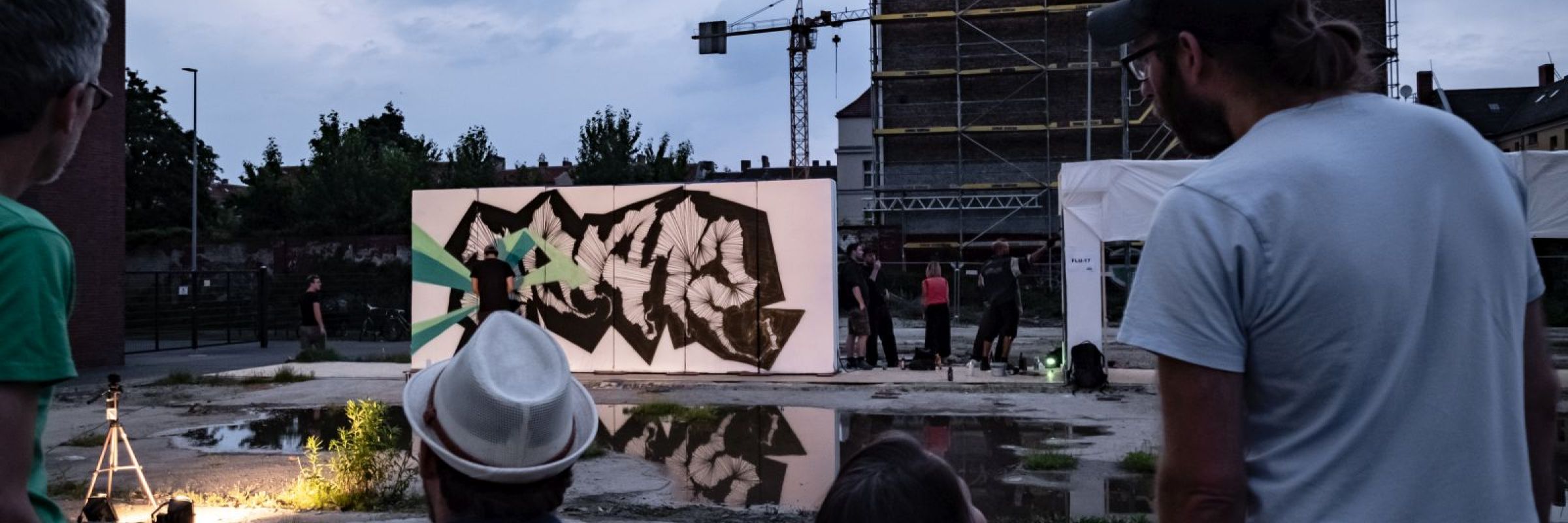

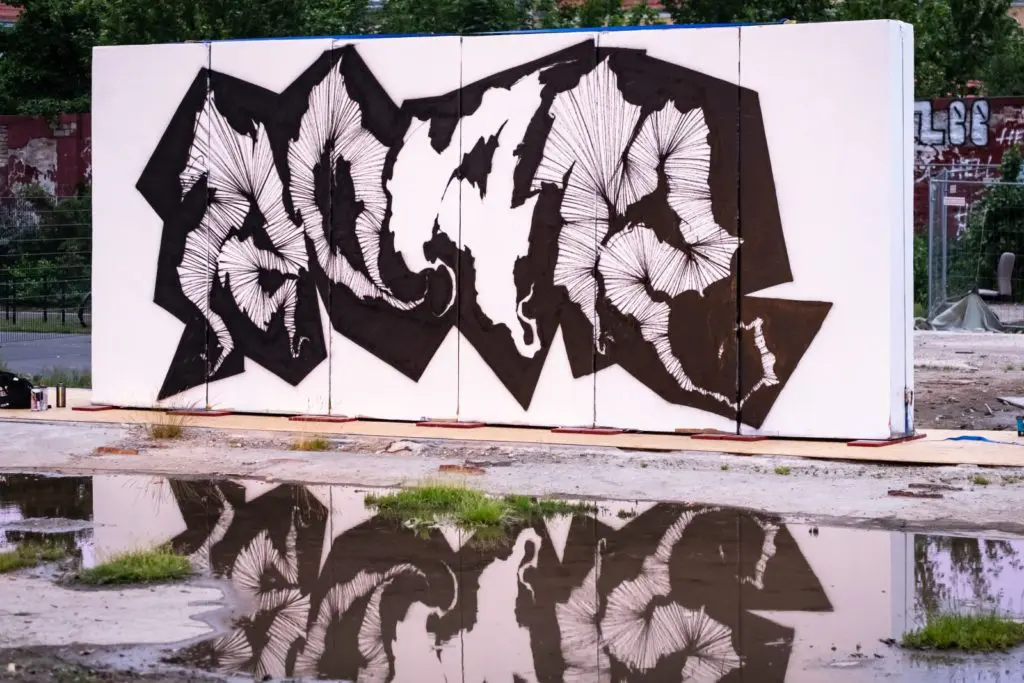
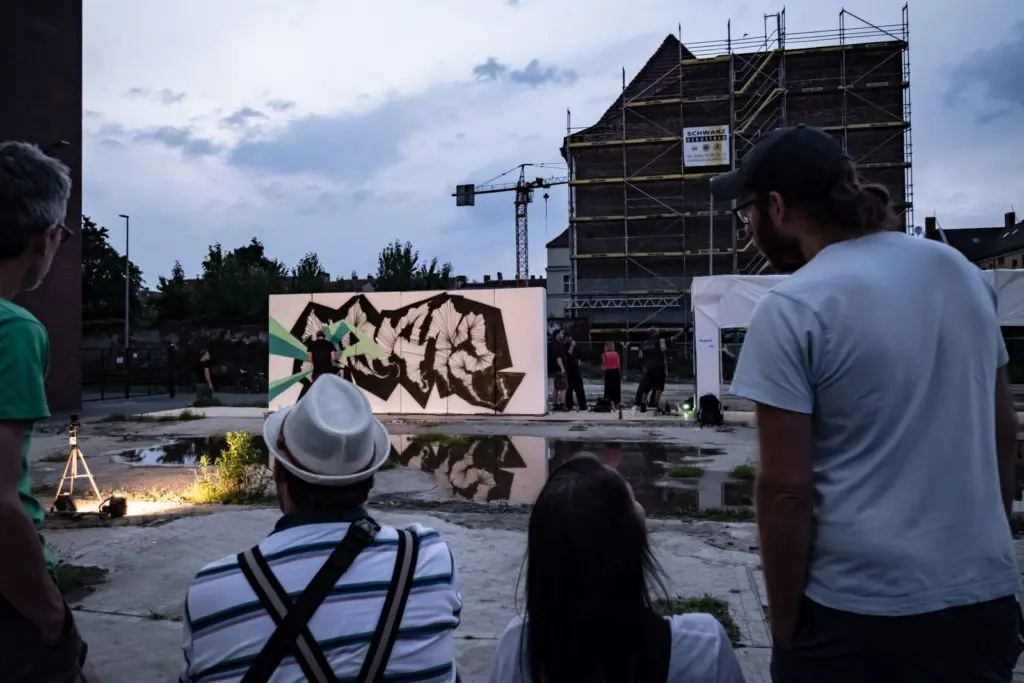
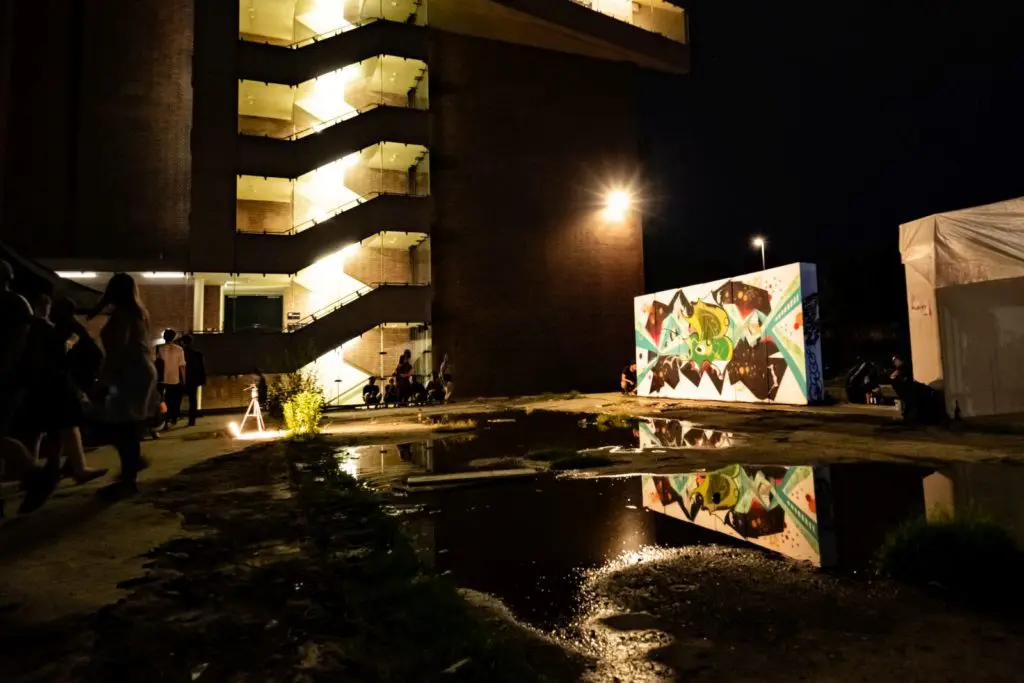
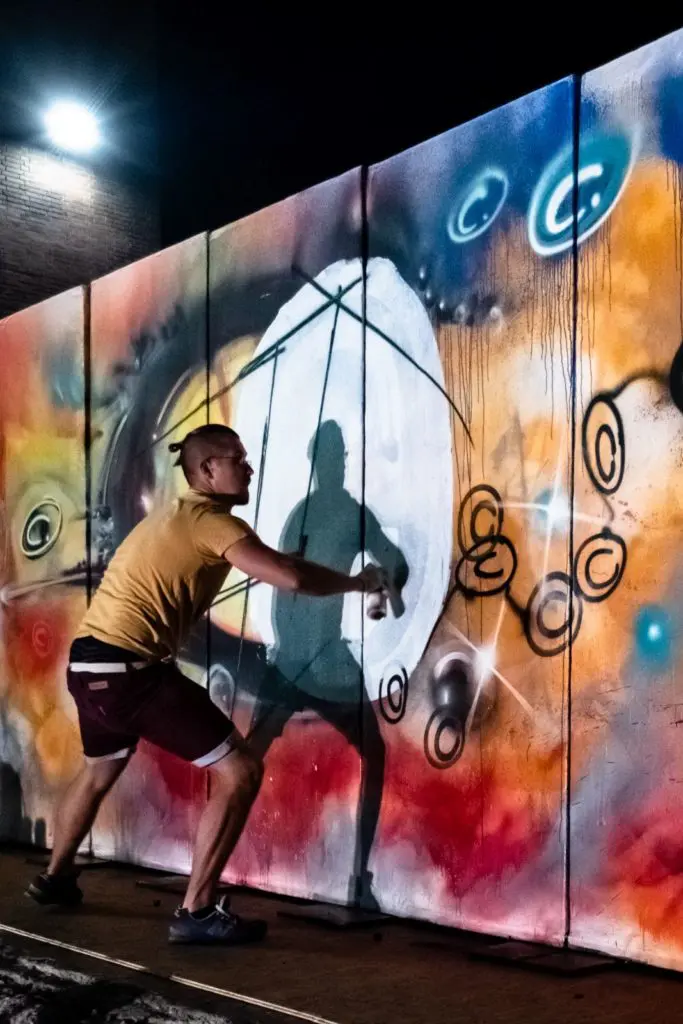
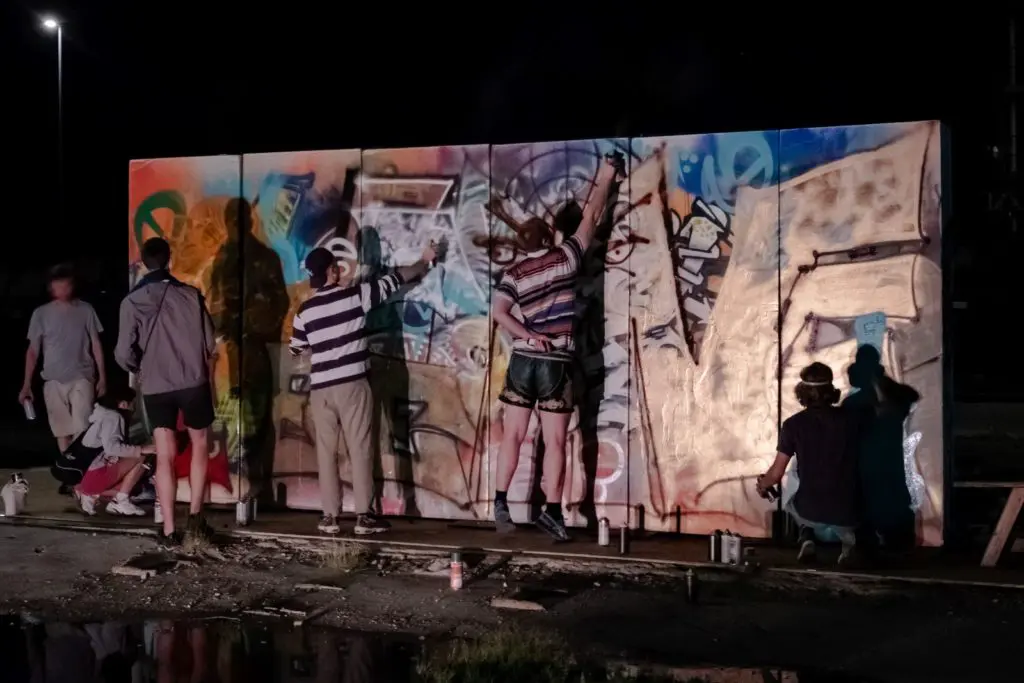
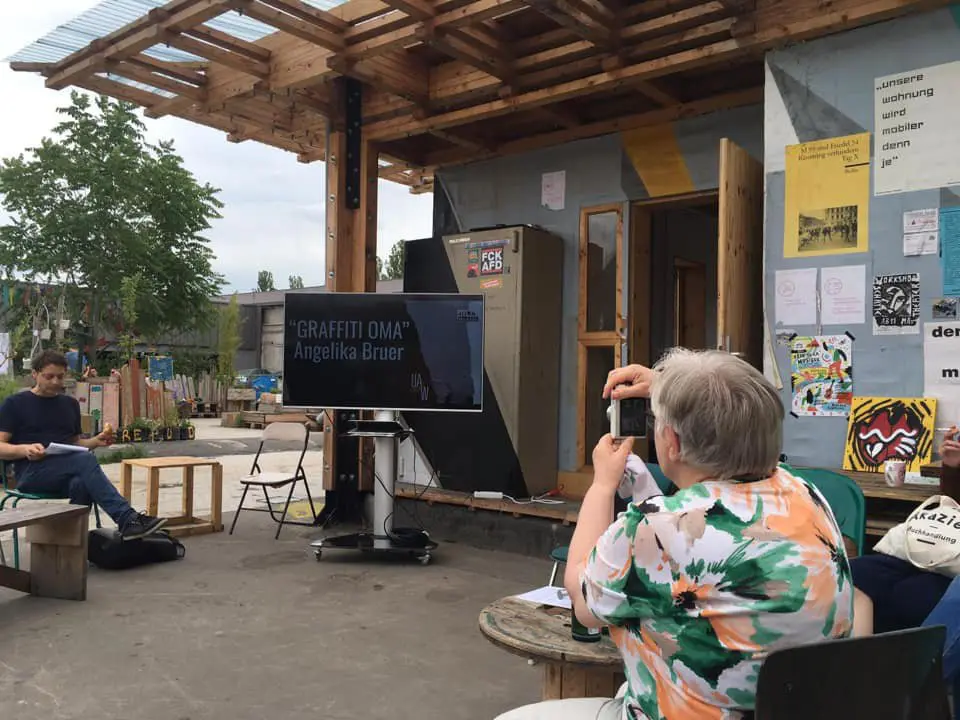
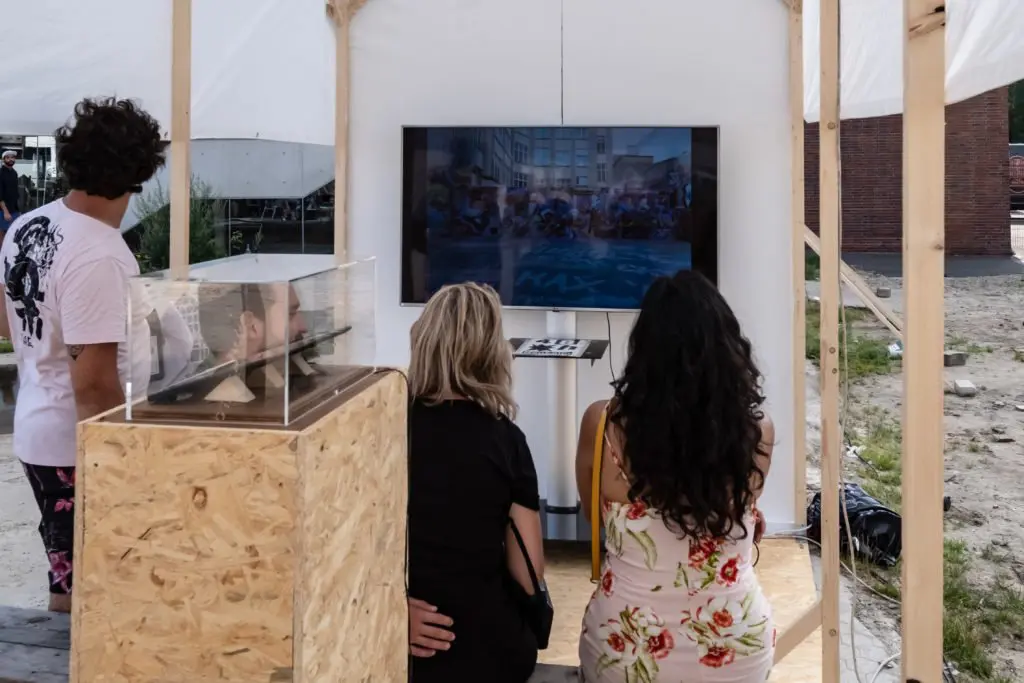
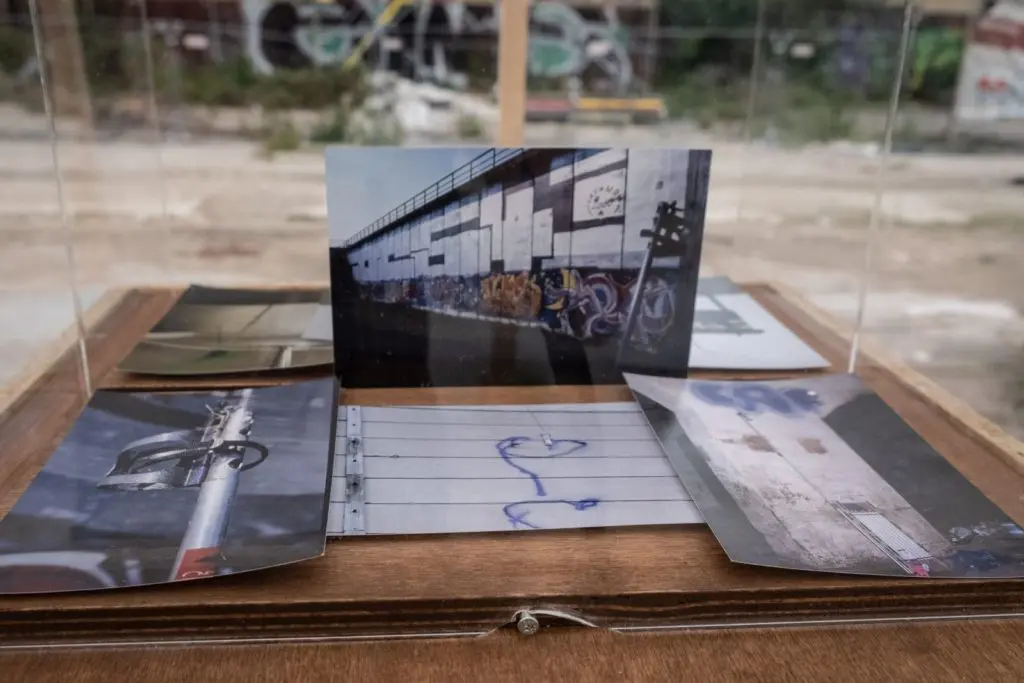
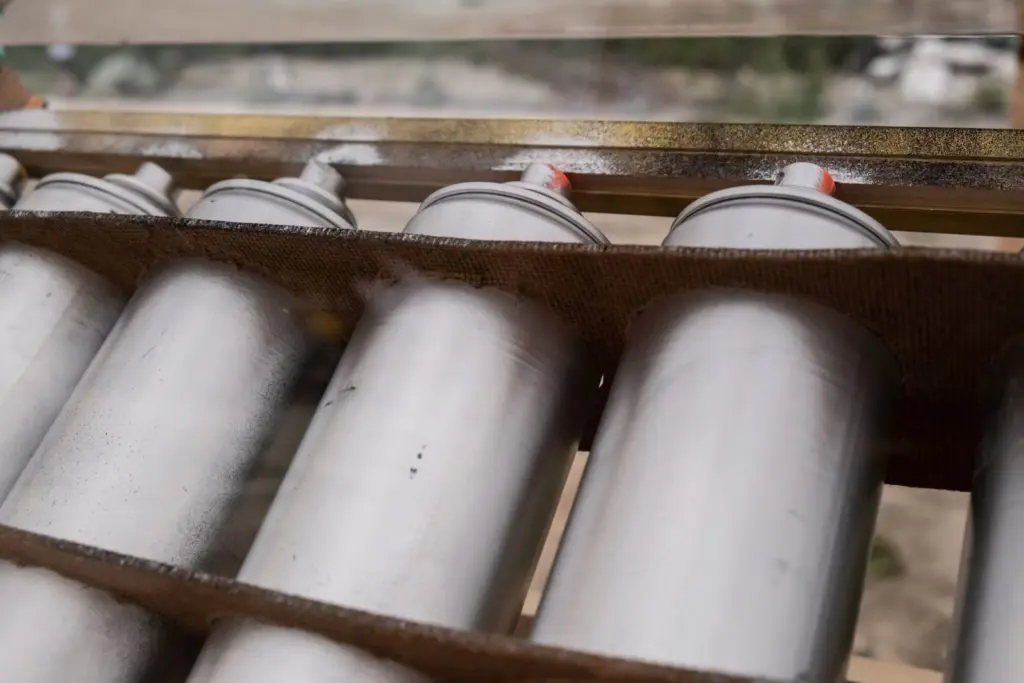
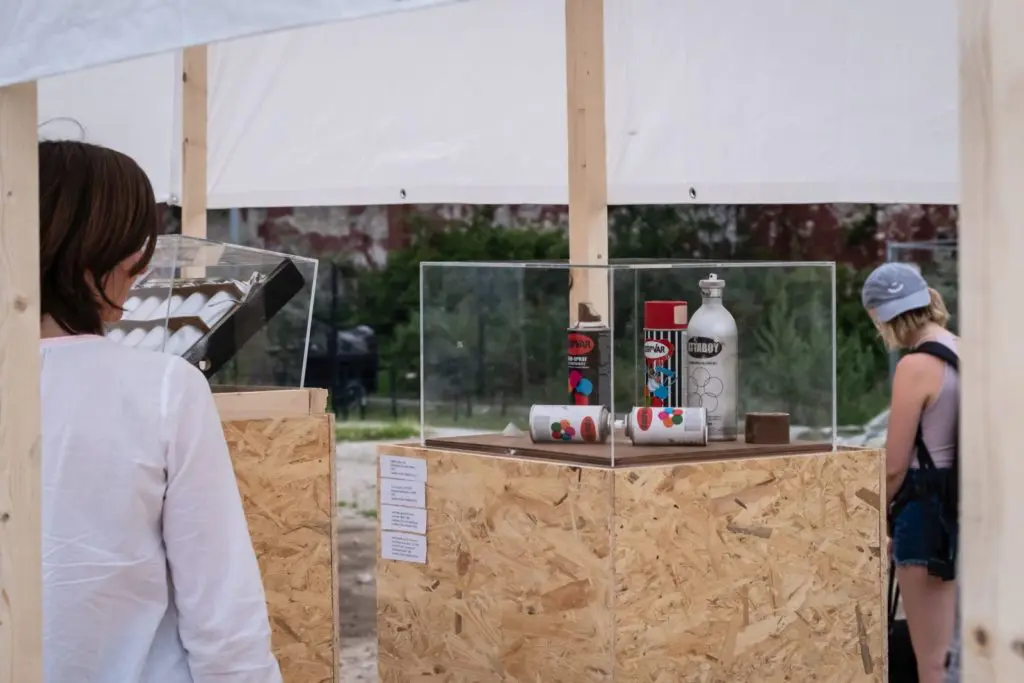
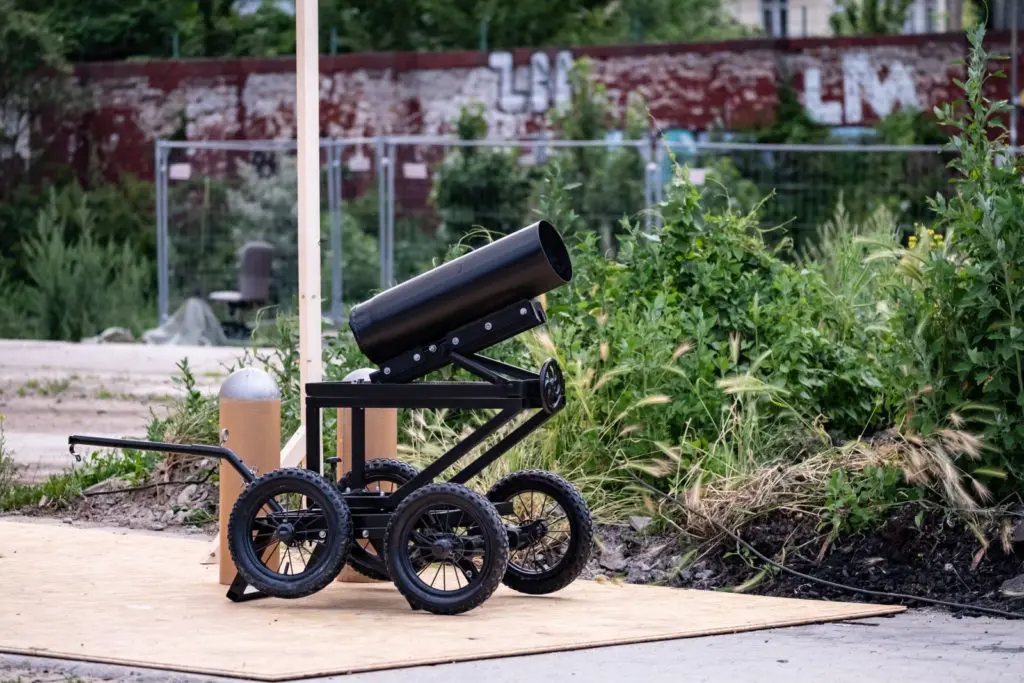
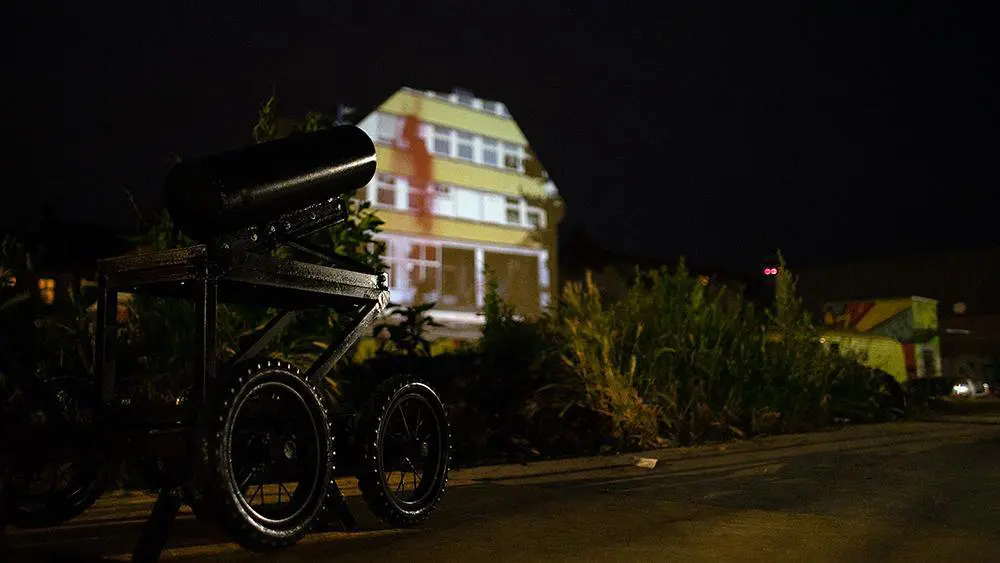
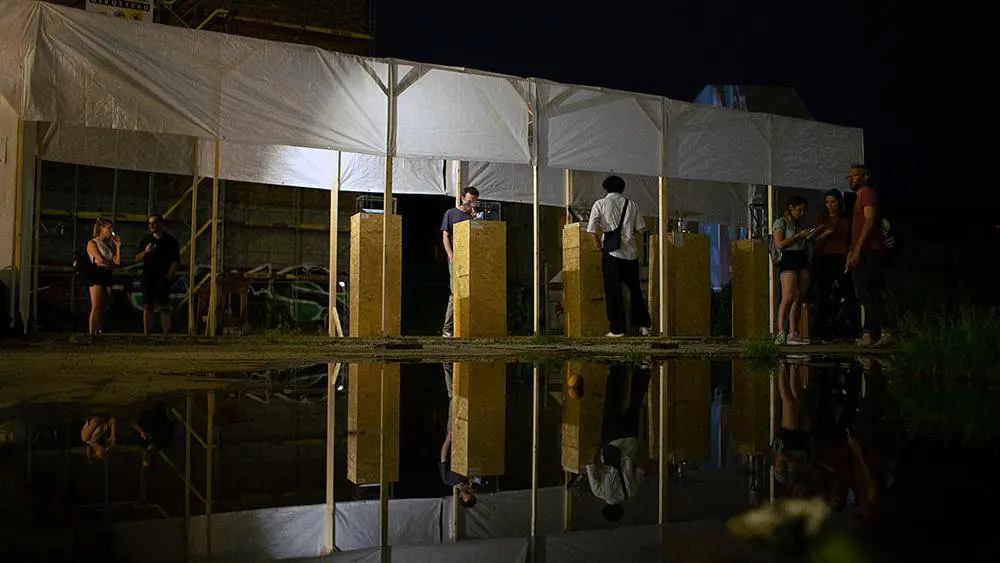
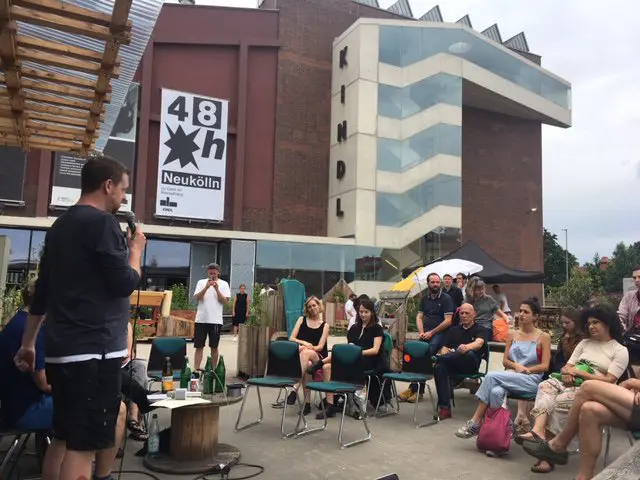
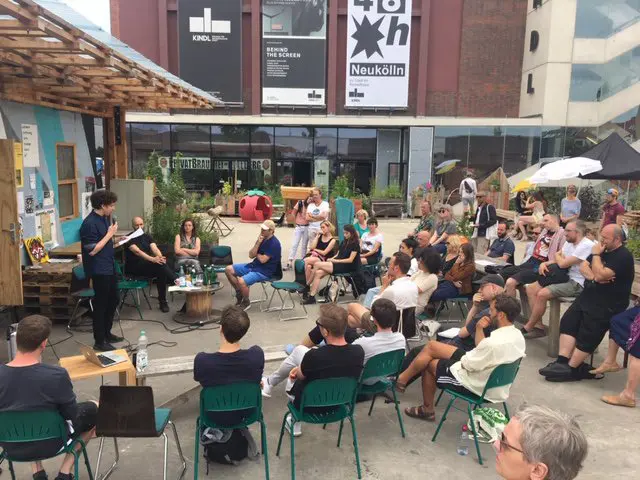
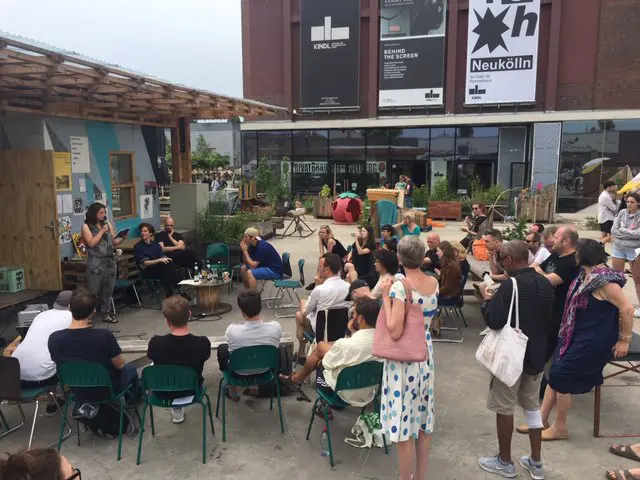
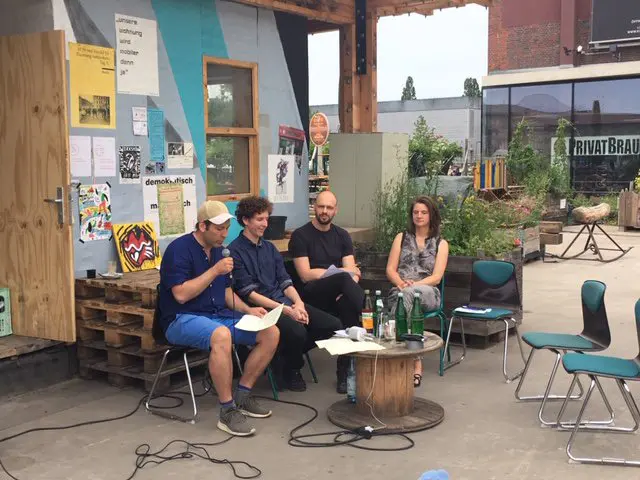
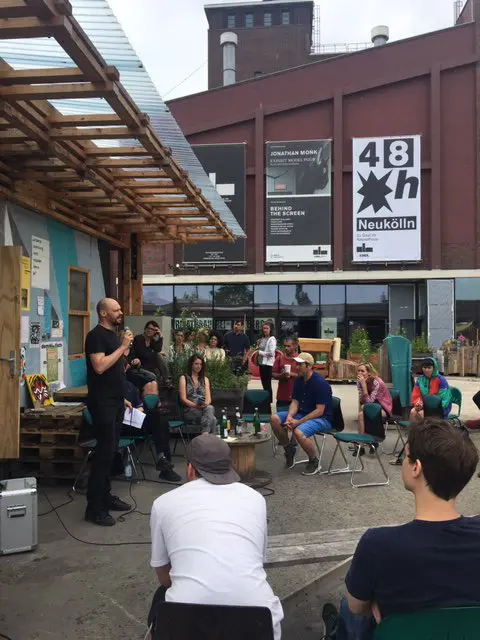
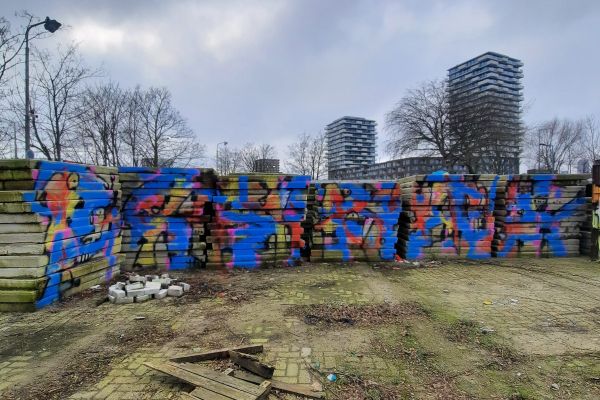
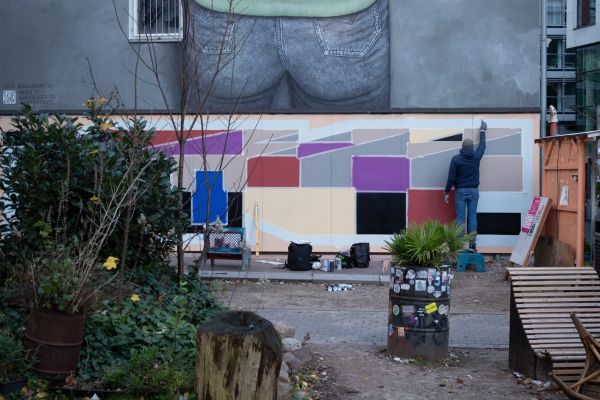
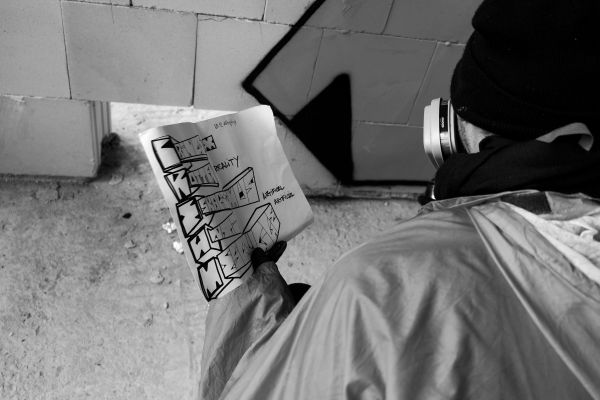
Leave a Reply